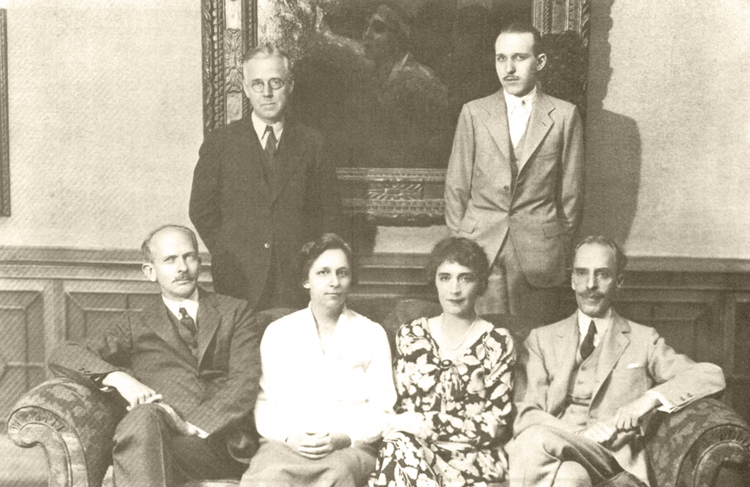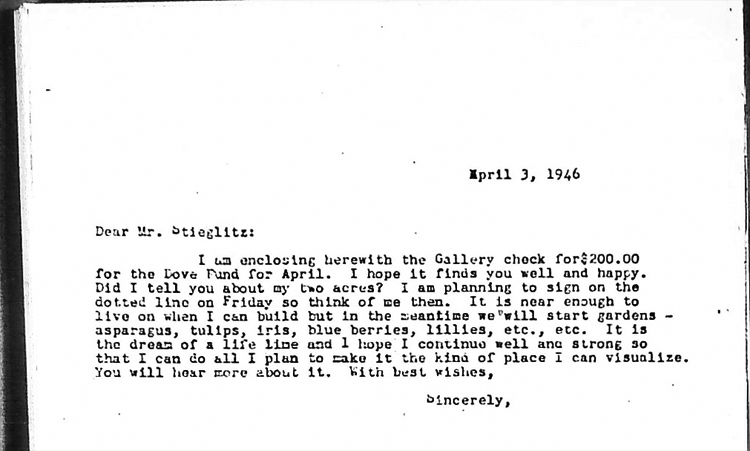Strong-willed Minnie Byers left her home in Ellenboro, North Carolina, when she was eighteen. With very little money, Byers found her way, attending business school in Richmond, learning secretarial skills, and studying the stock market. The financial knowledge she acquired made her invaluable to the Phillips family. Minnie Byers worked for the Phillipses from 1923 to 1960. Byers was initially assistant to museum treasurer Dwight Clark and became treasurer herself in 1927. Her financial acumen saved Phillips from the crash of 1929 by advising him to put his stock market holdings in real estate. Minnie was close to Duncan Phillips’s mother and administered her estate. Mrs. Phillips left Minnie a good sum of money, which she invested and which became her nest egg.
Minnie Byers was a powerful executive before women played that role. In Byers’s day, working in finance was a man’s world. Once, Duncan Phillips took Byers to a board meeting with financiers and industrial people, all men. They told Phillips, “No women allowed, you can’t bring her in.” Phillips replied, “If she can’t come, I won’t be there.” “OK, bring her in.”
Minnie confided to one of her relatives, “I have a problem with Duncan.” He replied, “What is it?” She answered, “I can’t tell him how much money we have. He’ll go and spend it on works of art.” Minnie was protective of Phillips and his money. She began to educate herself about art. She’d say, “I don’t think it’s worth that, Duncan,” and he listened to her. “I invested their money wisely,” said Minnie.

Minnie Byers’s house in the Dupont Circle neighborhood, just three blocks from The Phillips Collection. Now the building is the Embassy of Mozambique. Photo: AgnosticPreachersKid at en.wikipedia
Minnie raised four nieces and nephews, providing them with the best education possible and a wide array of cultural experiences. To her many nieces and nephews, Minnie was a source of enchantment. She called and asked what they wanted for a birthday, and lo and behold, it would appear. Visiting Minnie was a magical affair, she took them to Woodward and Lothrop, and they got to ride the escalators and choose which clothes they wanted. Minnie had a cook and a maid. Her dining room table seated 12 and was always laden with food, a big banquet.
As a token of his esteem for Byers, Duncan Phillips gave her paintings by Walter Griffin, Lilian Westcott Hale, Henri Le Sidaner, and Helen Turner, and Marjorie Phillips gave her works of art as well.
Byers’s former home at 1525 New Hampshire Avenue is currently the Embassy of Mozambique.




